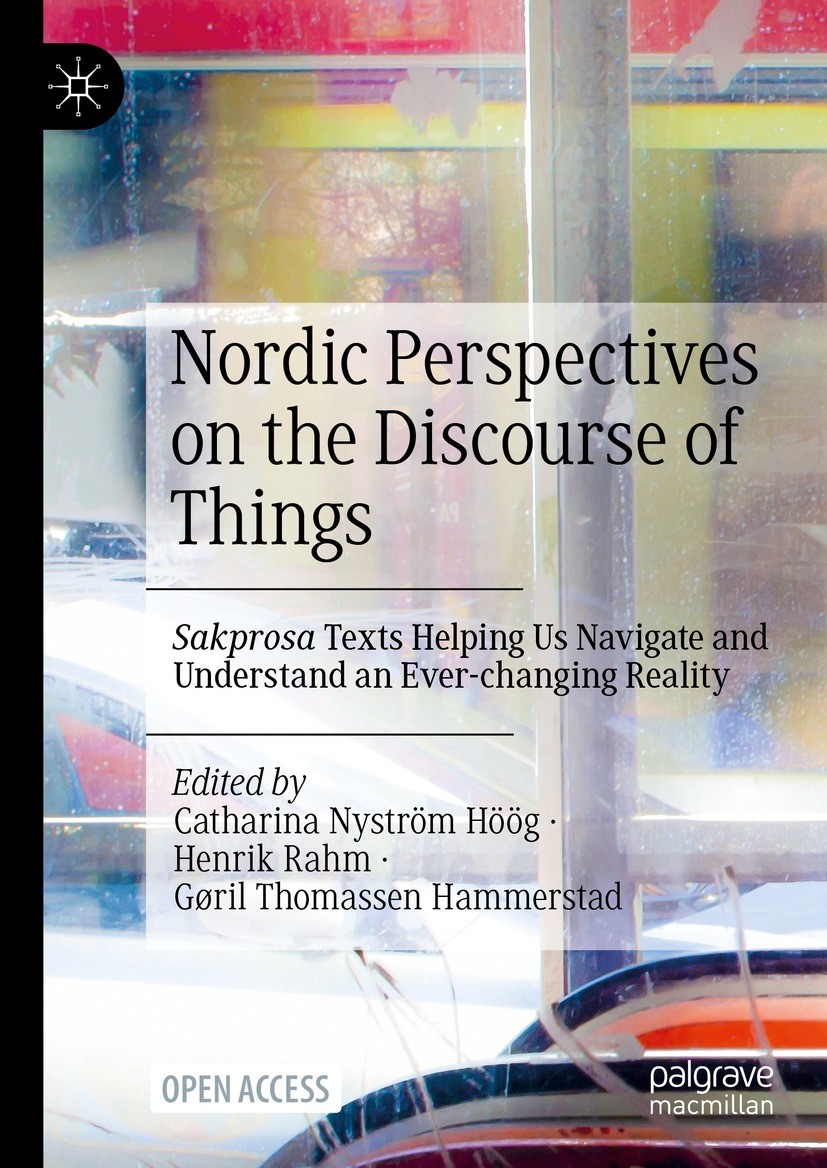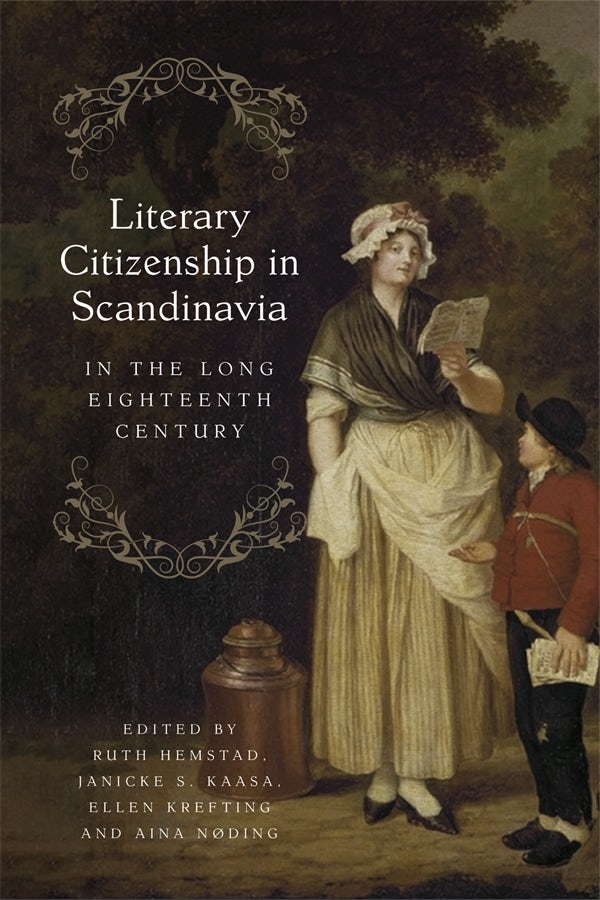In der letzten Zeit sind u.a. diese frei verfügbaren Titel erschienen:
Nordic perspectives on the discourse of things: Sakprosa texts helping us navigate and understand an ever-changing reality
Catharina Nyström Höög, Henrik Rahm & Gøril Thomassen Hammerstad (Hrsg.)
https://doi.org/10.1007/978–3‑031–33122‑0
This open access book deals with the role of written texts in an increasingly diverse and dynamic society, bringing together a series of studies anchored in the Scandinavian research tradition of sakprosa, which roughly translates as ‘subject-oriented prose’ or ‘professional communication’. The authors examine the written text’s capacity to transcend contextual boundaries, as a crucial factor in the importance of capturing and maintaining content as a manageable entity. The chapters each deal with a text type that manages complex content in a specialized way, including genre shifting in CSR reports, discourse networks in modern digital culture, digital and social media crisis communication, and epistemic positions in non-fiction. This book is relevant to fields such as text research, professional/digital communication, discourse analysis and literacy studies, and may also be of interest to disciplines such as history, rhetoric, organization studies, media studies/journalism, and linguistics.
Literary citizenship in Scandinavia in the long eighteenth century
Ruth Hemstad, Janicke S. Kaasa, Ellen Krefting & Aina Nøding (Hrsg.)
https://openaccess.boydellandbrewercms.com/?id=-259363
How do you become a citizen? Ever since printing was introduced, being a member of society increasingly involved reading and writing: for sociability and belonging, instruction and entertainment, profit and charity, spiritual awakening and political debate. Literary practices shaped and changed identities and the organisation of society during the Long Eighteenth Century. In Scandinavia, this happened locally, as well as transnationally — reading, writing and producing texts involved entanglements within and beyond the borders of the Northern European periphery of Norway, Denmark and Sweden.
Focusing on ‚literary citizenship‘, this volume uncovers the different ways in which engagements with print have mediated and established networks and communities, identities and agencies of multiple sorts in an interconnected media landscape. The result is a complex and intriguing history of the book in the Scandinavian region. This history is, on the one hand, influenced by a European market and tradition. On the other hand, it offers an important and different case of regional and local adaptation, marked by what has been termed a ‚Northern Enlightenment‘.
This book will be of interest to scholars of European enlightenment studies and to those who are interested in the continuing debates surrounding print culture and history.
Ice Blocks from Norway: The Importation of Natural Ice to Britain, Circa 1870–1925
Michael Freeman
https://doi.org/10.23865/noasp.187
For over fifty years, between around 1870 and 1914, there was a thriving trade that saw translucent block ice exported to Great Britain from the fjords and lakes of Norway. By 1899, the volume of ice landed in Britain had reached over half a million tons, with the port of London often accounting for 40–50 per cent of that total. The ice was needed for food preservation as Britain’s increasingly urban and industrial population grew exponentially over the later nineteenth century and, over time, to satisfy Britons’ taste for iced drinks and ice cream. For Norway, the trade yielded economic benefits across coastal communities of the south and south-east. In effect, ice production was a form of agriculture that gave rise to a regular labour force, multiple ice stores, and ingenious wooden chutes for moving ice blocks down to loading wharves.
Ice Blocks from Norway: The Importation of Natural Ice to Britain, Circa 1870–1925 is a richly illustrated, definitive account of the history of this unique trade. The book will appeal to general, informed readers as well as academic specialists.


